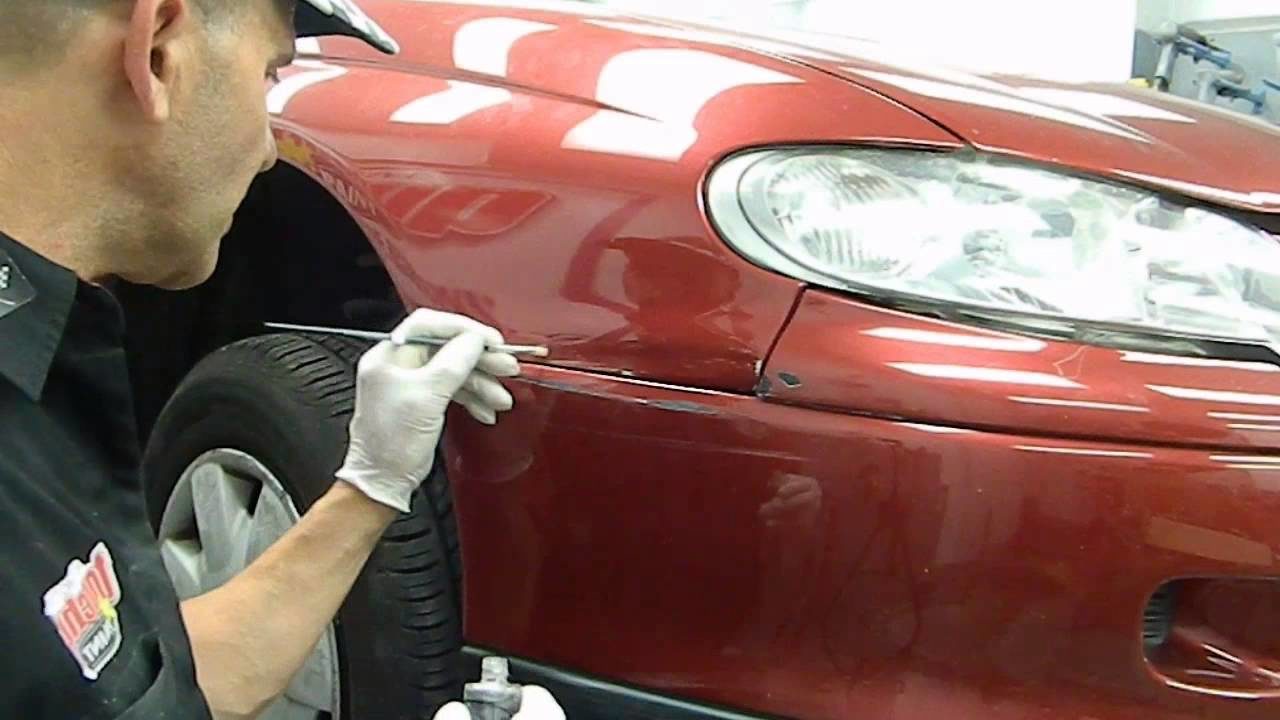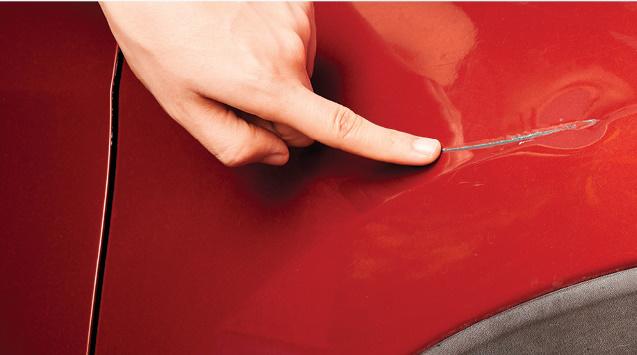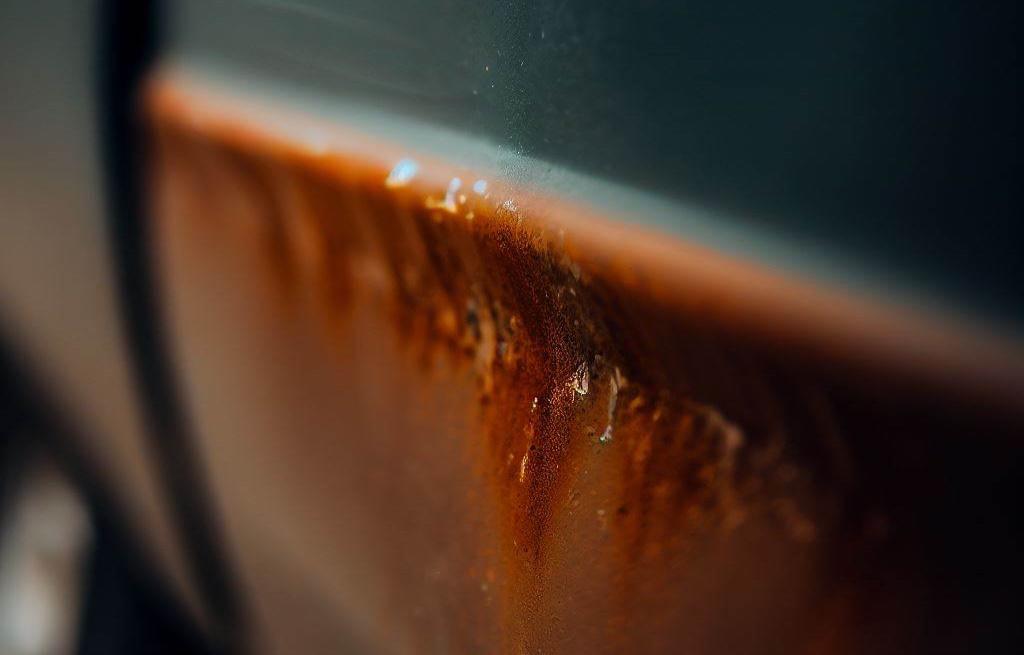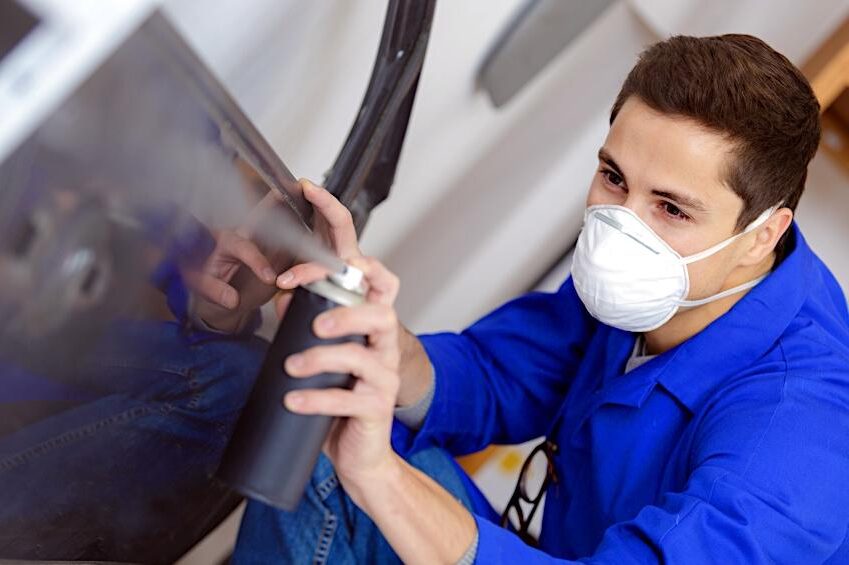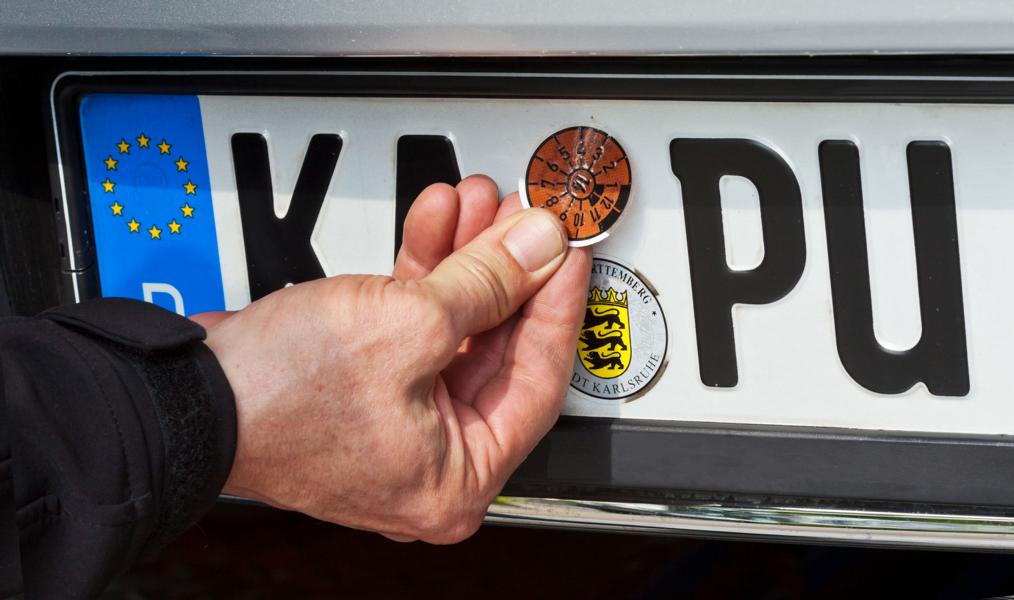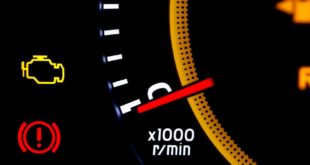Anyone who loves their car knows the feeling: a scratch, a dent or the beginnings of rust on the body can ruin your whole day. But before you bury your head in the sand or drive straight to the nearest workshop and shell out huge amounts of money for cosmetic repairs, take a deep breath. Because you can repair a lot of bodywork damage at any time with a little know-how and the right tools fix it yourself. Here you will find out how Dents, scratch and Rust can tackle. It goes without saying that our body repair instructions apply less to a Rolls-Royce Cullinan and more to a 10-year-old VW Golf, Opel Astra, etc.
DIY body repair!
Let's start with the annoying ones Dents. They are probably the most common annoyances. Whether through Parking bumpers or Hailstorm, small dents can often occur without painting be repaired again. The most common method for this is the so-called Dent removal without painting (Paintless Dent Removal, PDR). Special ones are used Pry tools and bonding techniques are used to gently push the dent from the inside of the body back to its original shape. The trick is to be patient and apply gentle pressure so as not to damage the paint. There is also one for home use PDR kits, which are well suited for smaller dents (there are instructions HERE).
Annoying scratches are a nuisance!
Scratches in the body are not only unsightly, but can also promote rust. When repairing Scratches it primarily depends on the depth at. Superficial scratches that affect the clear coat can often be left behind Polishing pastes and a good one polishing cloth (sometimes also with touch-up pen) remedy. Deep scratches that extend to the base coat or even the metal, however, require a little more work. Here it is recommended to first treat the affected area with fine sandpaper (e.g. 2000 grit), then a suitable one wood protection primer to apply and finish with a color spray to be painted over in the original color of the vehicle (Instructions with the spray can).
Rust must be avoided in any case!
Rust is the arch enemy of every body. The repair of Rust spots Unfortunately, it requires a few steps. First the rust be removed completely, which is usually done Chair Sashes he follows. After removing the rust, the area should be carefully cleaned and a rust prevention primer be applied. This is followed by filling, sanding and finally that paint. It is important that all rust particles are removed, otherwise the rust can quickly come through again. This also applies to rust film (Instructions for rust remover).
Always pay attention to cleanliness!
A few general tips: For all repair work there is one clean, dry and if possible dust-free Environment important. When painting you should definitely make sure in a well ventilated environment to work and wear appropriate protective clothing. It is also crucial to have the correct color codes (this is how you find the color code) and materials for the specific vehicle to avoid color differences. The tools you need for such repairs are usually straightforward: a good one Sandpaper set, a Selection of spatulas, rust prevention primer, color spray in the vehicle color, polish and depending on the damage, a PDR kit or similar.
Don't give up straight away if something doesn't work!
Last but not least: Practice makes perfect. Auto body repairs can be difficult at first, but with practice you can achieve good results. However, it is important to remain realistic. If the damage is large or very complex, it is advisable to consult a professional. In summary, while repairing auto body damage requires patience and care, it is doable for many with the right techniques and tools. From treating small dents to repairing scratches to... rust Remover – with a little effort you can breathe new life into the bodywork or at least slow down its deterioration. Until the TÜV does us part!
FAQ – Body repair:
1. Can I always repair dents without repainting?
Not all dents can be repaired without painting. Paintless Dent Removal (PDR) is best suited for small, non-sharp dents where the paint is not damaged.
2. How do I remove small scratches from car paint?
Small scratches that only affect the clear coat can often be removed with a polishing paste and a soft cloth. Deeper scratches may require fine sanding and refinishing.
3. What are the first steps in rust removal?
First, the rust must be removed mechanically (by grinding) as thoroughly as possible. The area is then treated with an anti-rust primer before filling and painting work is carried out.
4. How do I find the right color for paint repairs?
Your vehicle's color code can usually be found on a sticker or plate inside the vehicle, often in the door frame, engine compartment, or trunk. Use this code to purchase the matching paint.
5. Are DIY auto body jobs always cost effective?
This depends on the damage and your experience. Minor repairs can be cost-effective, but larger or more complex damage often requires professional skills and tools.
6. How long does it take to repair a dent yourself?
The duration depends on the size and complexity of the dent. A small dent can be fixed in minutes, while larger repairs may take more time.
7. Can I permanently repair rust damage myself?
Rust damage can be repaired yourself if it is detected early and treated thoroughly. However, it is important to remove all rust particles and use appropriate primers and varnishes to prevent recurrence.
8. Do I need special tools for body repairs?
Some basic tools such as sandpaper, putty, primer and paint are necessary. For more specific tasks such as PDR, special tools are required.
9. How do I avoid differences in the paint after a repair?
It is important to use the exact color code of the vehicle and to paint under similar conditions to the original paint job. Good painting technique is also crucial and ideally painting adjacent parts.
10. What should I do if I am unsure how to repair damage?
If you are unsure, it is advisable to hire a professional. Incorrect repair techniques can increase damage or compromise safety.
The following note is essential: For safety reasons, tuningblog recommends all repair, inspection and maintenance work exclusively to be carried out in a specialist workshop! Although our information is summarized to the best of our knowledge and belief, we cannot assume any liability for the content. All information is therefore "without guarantee".
That wasn't it yet!
In our Auto Repair Category you will find advice and instructions on common vehicle defects, repairs and the installation of accessories/tuning parts.
 tuningblog.eu Your magazine about tuning the car
tuningblog.eu Your magazine about tuning the car
